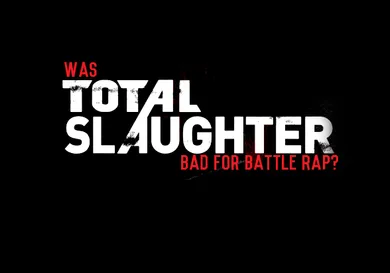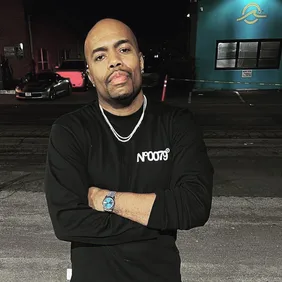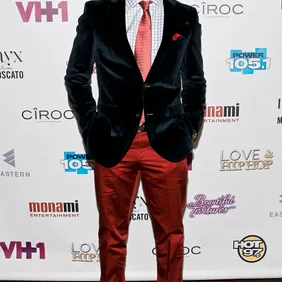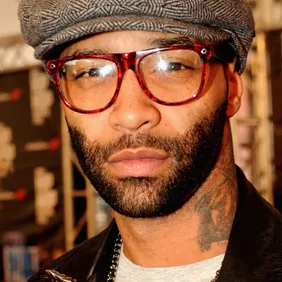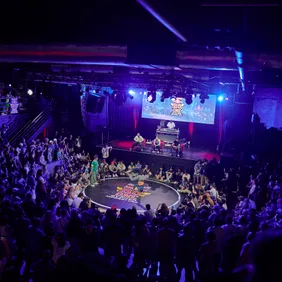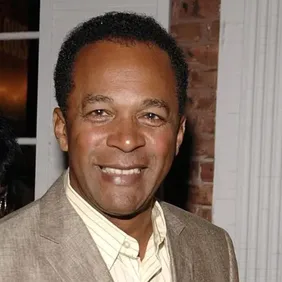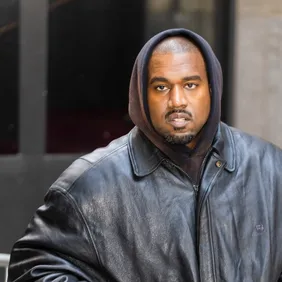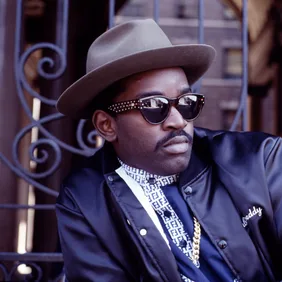Buzz remains consistent for Total Slaughter, the first event in Shady/Aftermath's pay-per-view rap battle series. At two weeks past, the novelty of the event has waned somewhat, but the sour reception from that night persists.
Thousands of fans got their first look at battle rap that night. Lines nearly snaked around the block as throngs of fans queued around Hammerstein Ballroom's front doors. Barbershop-esque debates and conversations rippled through the show floor and the stands. For all of that, fans and participants in this underground community don’t necessarily want or appreciate such a good event, not when the levels of exposure are this high. No, these folks are used to raw events, great events. They came and paid for all the passion and energy typical of Grindtime Now or URL, but with considerable commercial backing. In this, Total Slaughter apparently failed to deliver, but perhaps it was doomed to do so in the first place.
Historically, hip-hop's commercial and underground aspects haven’t mixed well, and when forced to mingle, these factions do so grudgingly. The problems seem to start when big brands bring their commentators and their commercials and their money to a community they’ve all but ignored.
Mainstream hip-hop audiences have been thoroughly uninterested in battle rap, and battle rap fans know this. Many of mainstream fans have little love for or knowledge of breaking, turntabalism, graffiti, or any other peripheral hip-hop activity. In fact, its this aloof attitude that pushed arts like battle rap and breaking to the periphery. Understandably, many fans and participants in these underground hip-hop communities are weary at best of commercial intervention in their scenes.
In many ways though, that mainstream look is necessary to spread and evolve hip-hop culture at large. Most people's first look at breaking came during the initial minutes of Flashdance. The majority of Americans didn't hear rap before Sugar Hill Gang's "Rapper's Delight." Neither example offered the most accurate representation of its respective movement, however these items ultimately pushed the culture forward.
Remember America's Best Dance Crew (ABDC)? Mainstream audiences were enthralled with the novelty and skill of the Jabbawockeez and Super Cr3w. Even career bboys respected these crews; many of them held friends among ABDC’s contestants. However, as the show progressed through its seasons, the representation of breaking went from vaguely honoring to distinctly exploitative, and the breaking community withdrew its fledgling attention. The general consensus was that the show was an overall bad look for the dance. Despite that, ADBC birthed a new generation of breakers and somewhat revitalized breaking, at least for a time.
Perhaps battle rap fans hope to avoid a similar trajectory for their craft. In doing so, however, they also avoid the tertiary benefits of such a spectacle, specifically the money and the exposure.
Total Slaughter undoubtedly commanded some serious profits for the artists involved, to say nothing of whatever ends Shady/Aftermath collected. According to one of Joe Budden’s verses, he was paid upwards of $200,000 to participate in the final battle. Such a platform could surely evolve into a serious revenue stream for battle rappers; one where they needn’t conform to the recording industry’ standards for music. Even excluding finances, hip-hop was thick in Hammerstein Ballroom that night. Both Fab 5 Freddy and the godfather of hip-hop himself, DJ Kool Herc, were in the attendance. The battles themselves were equal parts exciting, hilarious and odd.
Regardless of Total Slaughter’s merits, the overarching sensationalization and the wealth of technical issues were way too erroneous to ignore. The prevailing opinion places Total Slaughter somewhere between an exercise in mediocrity and utter failure; a far cry from its overture status preceding the event. However, was Total Slaughter as disrespectful to battle rap as ABDC was to breaking?
Probably not. If anything, Total Slaughter probably had more in common with Red Bull BC One, Red Bull’s annual series of one-on-one breaking battles. Red Bull had some what of a rocky start as well. Breakers didn’t appreciate the commentators, the dramatic cinematography or the flashing lights. In many ways, they still don’t. But throughout its 10-year run, BC One has grown into a respected part of bboy culture; a venue that elevates the breaking community and respects the craft. The same could happen with Total Slaughter and battle rap, if fans are patient.
Let us know your thoughts on the very first Total Slaughter event in the comments, and be on the look out for more battle rap coverage on HNHH.
